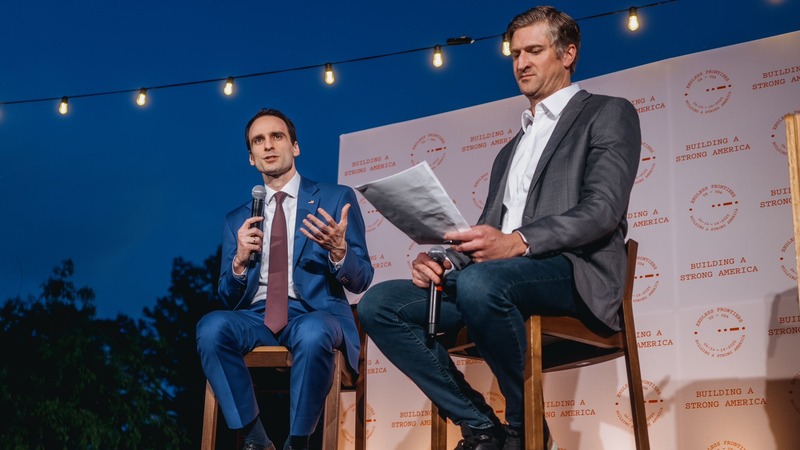
In his first public remarks since his Senate confirmation, White House Office of Science and Technology Policy (OSTP) Director Michael Kratsios said the United States must make “smart choices” to creatively distribute its research and development (R&D) funding and speed up the pace of R&D awards.
Speaking at the inaugural Endless Frontiers tech retreat in Austin on Monday evening, Kratsios laid out the Trump administration’s technology policy agenda to help America “do more with less.” He also accused the Biden administration of leading with “a spirit of fear rather than promise.”
“We must be more creative in our use of public research and development money, and shape a funding environment that makes clear what our national priorities are,” Kratsios said. “Prizes, advance market commitments, and other novel funding mechanisms, like fast and flexible grants, can multiply the impact of government-funded research.”
Kratsios, who also serves as the assistant to the president for science and technology, explained that Federal funding needs to be deployed “more rapidly.”
For example, he said that researchers who submit grant applications to the National Science Foundation (NSF) typically have to wait for a year to receive any funding – which he said is not ideal in the rapidly evolving field of artificial intelligence.
“We have no ability to kind of do some of these fast-action grants, which can make a big difference,” Kratsios said, adding that some of these flexible grants were used to advance research during the COVID-19 pandemic.
Additionally, Kratsios said that the majority of R&D is now done by the private sector – especially in areas such as AI.
According to a report published last year by the National Science Board, which serves as the governing board of NSF, the share of the total U.S. R&D funded by the Federal government decreased from 30 percent in 2011 to 19 percent in 2021.
“Public-private partnerships can play a huge role in trying to bridge or create that new era that we have now given the private sector investment,” Kratsios said, explaining that pairing private sector dollars with public sector dollars is one way to be more innovative with R&D funding.
“There are lots of ways that we can think about and be more creative,” he said. “I know we, from the White House, are going to be pushing a lot of agencies to be thinking a lot more creatively about it.”
In order for tech breakthroughs to happen, the OSTP director said that the Federal government needs to be more “targeted” in the S&T budget on areas that are national priorities. Specifically, President Donald Trump has tasked Kratsios to focus on critical and emerging technologies – such as AI, quantum information science, and nuclear technology.
“The White House tries its best to sort of remind the agencies what the priorities are of the president, and through the budget process, hopefully, can get those priorities manifested, but it’s a challenging, very daunting task,” Kratsios said.
He pledged to work on that task with Office of Management and Budget (OMB) Director Russell Vought to “make sure that the agencies understand what the president’s prioritizing.”
